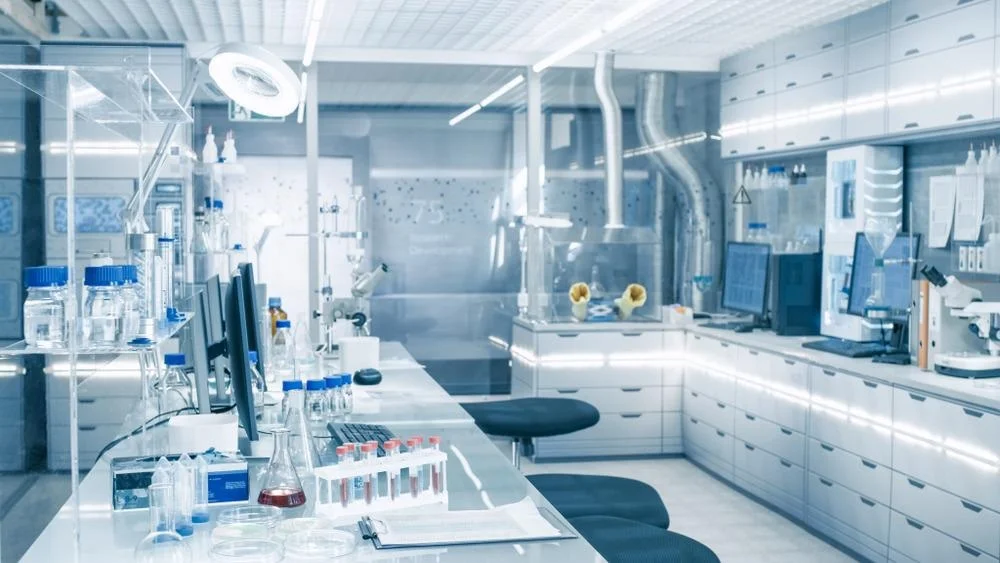Wine and Beer Organic Additive Residue Testing
The testing of organic additives in wine and beer is a critical component of ensuring product quality and compliance with international standards. Wine and beer producers must adhere to strict regulations regarding the use of chemical additives, which include preservatives, flavor enhancers, colorants, and stabilizers. The presence of excessive or unauthorized additives can lead to health risks for consumers and may result in legal action.
The process involves meticulous sample preparation followed by rigorous analysis using advanced laboratory equipment. Our testing services employ a multi-step approach that includes the identification of known additives, quantification of their concentrations, and assessment against regulatory limits set by authorities such as the European Union (EU), the Food and Drug Administration (FDA), and other global bodies.
Our team of experts uses state-of-the-art analytical techniques to ensure precision and accuracy in our assessments. This includes gas chromatography-mass spectrometry (GC-MS) for volatile organic compounds, liquid chromatography-tandem mass spectrometry (LC-MS/MS), and other relevant methods tailored to specific additive types.
The importance of this testing cannot be overstated, as it directly impacts brand reputation, consumer trust, regulatory compliance, and market access. By providing reliable and compliant test results, we help clients maintain their competitive edge in the global beverage market.
Our services are designed to cater to a diverse clientele including wineries, breweries, distributors, and quality assurance departments of large corporations. We offer comprehensive solutions ranging from single-analyte testing to full-spectrum analysis tailored to meet individual client needs.
Applied Standards
| Standard | Description |
|---|---|
| ISO/TS 17025:2017 | International standard for the general requirements for the competence of testing and calibration laboratories. |
| AOAC Official Method 986.04 | American Oil Chemists' Society method for determining levels of sulfites in wine. |
| ASTM D123-21 | American Society for Testing and Materials standard test methods for colorimetric determination of free copper in beverages. |
Scope and Methodology
| Methodology Step | Description |
|---|---|
| Sample Collection | Purchase of samples directly from production sites to ensure authenticity. |
| Preparation | Sterile preparation under controlled conditions to prevent contamination. |
| Analysis | Use of HPLC and GC-MS for detailed analysis. |
| Data Interpretation | Analyzing results against regulatory limits and industry benchmarks. |
Customer Impact and Satisfaction
- Maintains compliance with international standards for additives use.
- Avoids legal issues associated with unauthorized or excessive additive usage.
- Ensures consumer safety by identifying harmful residues in products.
- Enhances brand reputation through transparent and reliable testing processes.





